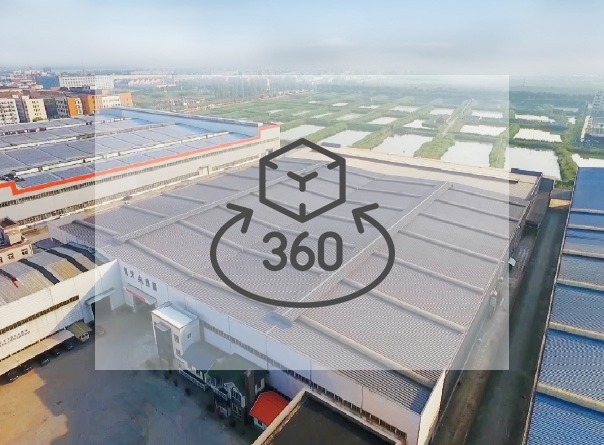Container Clinics Provide Efficient Healthcare in Underserved Areas
In the quest to address healthcare disparities and improve medical access in underserved regions, container clinics have emerged as a beacon of hope and efficiency. These innovative healthcare facilities are redefining the delivery of medical services, making quality care accessible to those who need it most.

A Novel Approach to Healthcare
Container clinics, often fashioned from repurposed shipping containers, are more than just a clever repurposing of industrial materials. They represent a paradigm shift in healthcare delivery, offering a solution that is both cost-effective and highly adaptable to the needs of underserved communities.

Resource Optimization and Mobility
One of the key advantages of container clinics is their resource optimization. These modular medical facilities are equipped with state-of-the-art medical equipment and are designed to maximize every square inch of space. The result is a compact yet fully functional clinic that can serve a wide range of medical needs.
What's more, container clinics are highly mobile. They can be easily transported to remote or disaster-affected areas, providing immediate medical support where it is urgently required. This mobility is especially crucial in regions lacking established healthcare infrastructure.

Tailored Healthcare Services
Container clinics can be customized to cater to specific healthcare requirements. For example, in regions with high rates of maternal and child health issues, a container clinic may focus on providing maternal care, pediatric services, and prenatal education. In contrast, container clinics in areas with a high prevalence of infectious diseases may prioritize vaccination programs and infection control measures.

Rural and Remote Access
In rural and remote areas, where healthcare facilities are often few and far between, container clinics bridge the gap between communities and healthcare services. Residents who previously had to travel long distances to access medical care can now receive essential treatments and preventive services closer to home.

A Model for Disaster Response
Container clinics have also proven invaluable in disaster response efforts. In the aftermath of natural disasters or humanitarian crises, these clinics can be swiftly deployed to provide emergency medical care, offering a lifeline to those affected by the catastrophe.

Efficiency and Sustainability
Efficiency is a cornerstone of container clinic operations. These facilities are designed for streamlined patient flow, reducing wait times and ensuring that healthcare providers can see more patients in less time. Sustainable features, such as solar power and water recycling systems, are often integrated, reducing the clinics' environmental footprint.

Real-World Impact
The impact of container clinics on underserved communities is tangible and measurable. Studies show that these facilities have contributed to significant reductions in disease prevalence, improved maternal and child health outcomes, and increased vaccination rates in many regions.
For example, a container clinic initiative in sub-Saharan Africa resulted in a 30% increase in child vaccination rates within the first year of operation. Similarly, a container clinic program in Southeast Asia led to a 40% reduction in the prevalence of certain infectious diseases.

The Future of Accessible Healthcare
Container clinics are more than just temporary fixes; they represent a sustainable approach to healthcare accessibility. Their versatility, efficiency, and mobility make them a vital tool in addressing healthcare disparities and improving the well-being of underserved populations.
As container clinics continue to evolve and gain recognition for their transformative impact, it is evident that they are not just providing healthcare; they are delivering hope, dignity, and a brighter future to those in underserved areas.







 English
English Español
Español 中文简体
中文简体 Français
Français عربى
عربى










